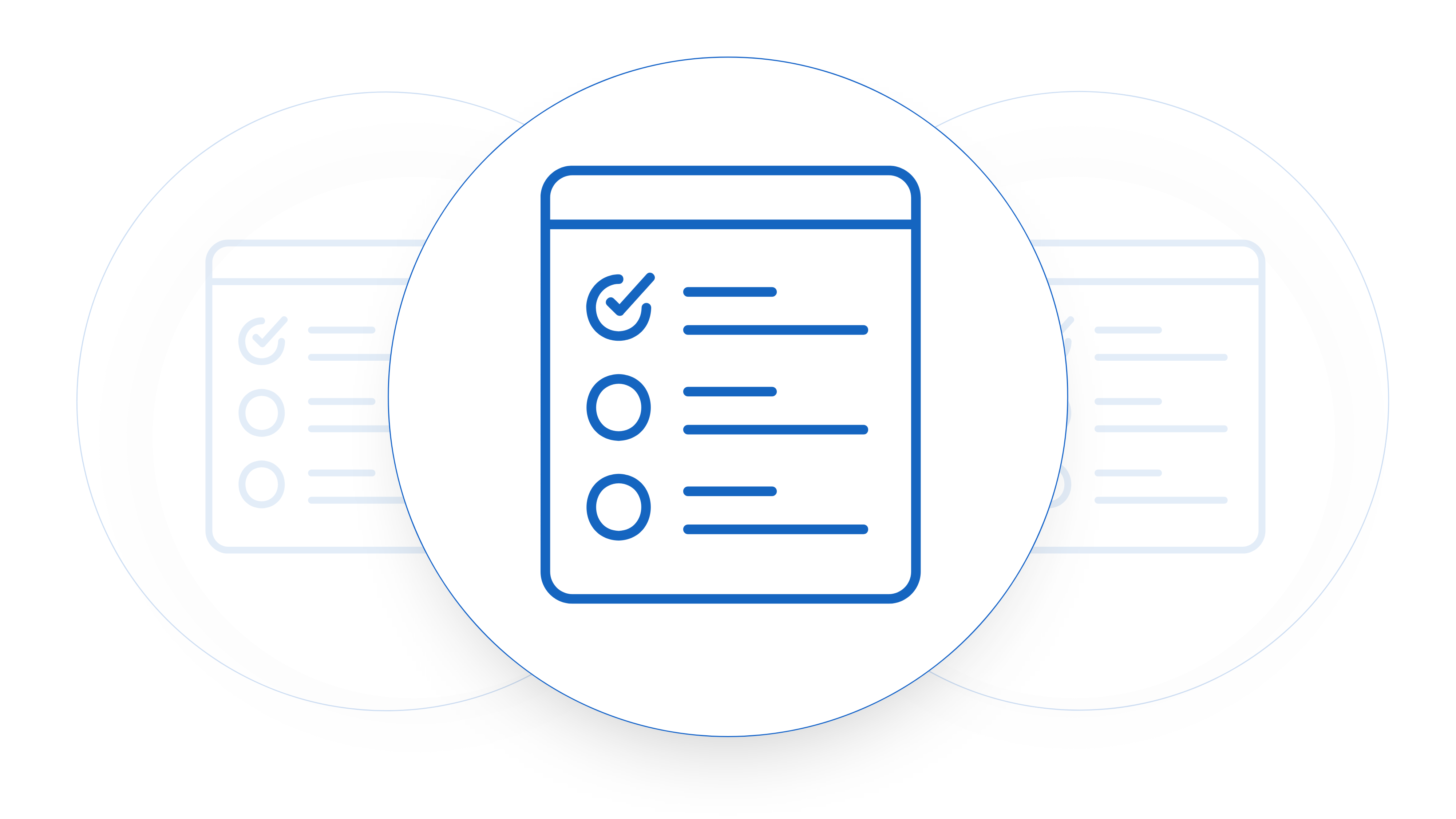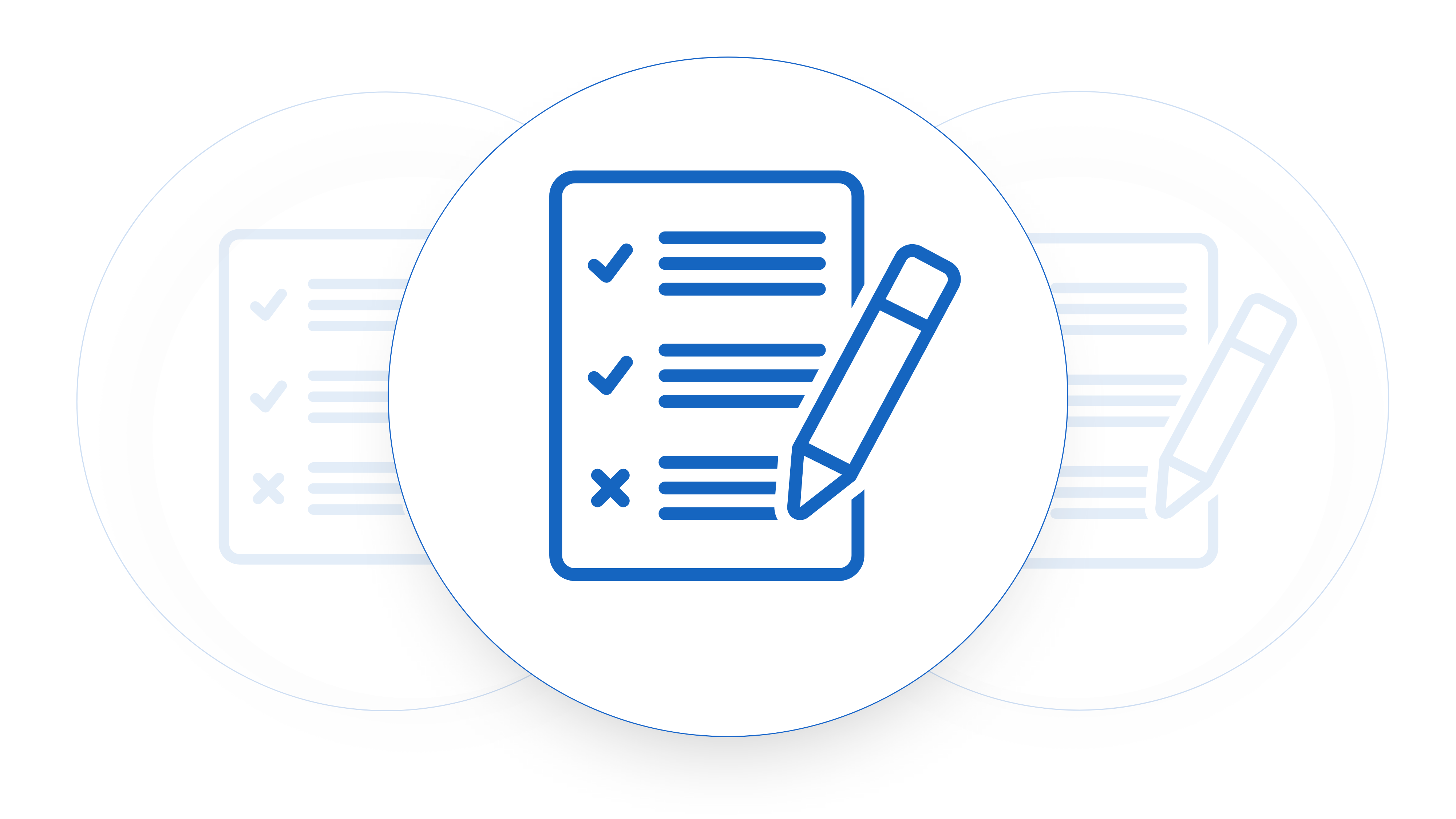Sales contracts are the foundation of the commercial transactions that you set up with customers. They lay out the terms and conditions under which a sale takes place. In an environment where you’re selling to enterprise customers negotiations, amendments, and modifications are often necessary. Documenting contract changes becomes a very important aspect of contract management. Especially as you scale your business, the way you manage your contracts change at different stages of business.
Why Document Changes?
The process of documenting contract changes, or contract modifications, makes sure that all parties involved are on the same page. Both you and your customer. Any change in the agreement, whether it’s the delivery date, the price, quantity, or any other critical terms, should be recorded with precision. Here’s why:
1. Ensures Legal Compliance and Enforceability
A legally binding sales contract obliges the contract parties to fulfill their respective contracted responsibilities. If changes to the contract are not properly documented, the enforceability of the agreement could be at risk. This may lead to confusion, contract disputes, and potential legal action.
2. Preserves the Integrity of the Legal Agreement
Contracts reflect a mutual understanding between parties. Any amendments or changes must keep with this understanding. Documenting changes not only maintains the integrity of the agreement but also serves as a clear record of the consent of both parties to the changes.
3. Reduces Risk of Contract Miscommunication
Oral agreements are susceptible to misunderstandings and memory lapses. They are also generally not appropriate for sales contracts. Even the most straightforward change can become contentious if not documented properly. By recording every change in writing, parties mitigate the risk of miscommunication and future disputes.
4. Facilitates Effective Contract Management
Documenting contract changes allows for a much clearer view of the evolution of a contract. This can be a powerful tool for contract management, ensuring that both parties are consistently aware of their obligations and responsibilities as the agreement progresses.
5. Protects Relationship with Clients
Trust is one of the core elements of any relationship with a customer you want to keep long term. Documenting contract changes transparently can reinforce trust and credibility between parties. It signals professionalism and a commitment to mutual respect and understanding.
Best Practices for Documenting Contract Changes
In recognizing the importance of documenting contract changes, it’s equally important to know how to do it effectively:
1. Create a Contract Audit Trail and Tracking
Every amendment should be in writing and signed by all parties. Whether it’s a formal amendment or a revised version of the contract, creating a paper trail ensures that there’s tangible evidence of the changes.
2. Maintain Clarity Around Changes
Changes should be recorded clearly and explicitly. Vague or ambiguous language can lead to misunderstandings. Be as specific as possible about what is being changed, why, and how it affects the original agreement.
3. Ensure Proper Authorization
Make sure that everyone signing off on the changes has the authority to do so. This avoids any later disputes about whether the person agreeing to the changes had the necessary power to bind the party to the new terms.
4. Use Contract Management Software
Utilizing modern contract management software like Contract Sent can streamline the process of documenting changes, maintaining an organized record of all versions and amendments, and ensuring easy access and retrieval.
The importance of documenting contract changes in sales contracts cannot be overstated. In a world where business relationships and legal obligations are complex and hard to track, maintaining a transparent and robust record of contractual changes is fundamental.
The proper documentation of contract changes not only ensures legal compliance and clarity but also fosters trust and cooperation between parties. By following best practices in documenting changes, businesses can minimize risk, enhance contract management efficiency, and maintain strong, professional relationships with their clients and suppliers.
In the end, contracts are more than mere documents; they are the embodiment of commitments and understanding between parties. As such, they must be handled with the care, precision, and transparency that they warrant.
Redline What Matters
Raise Changes For Approval To Turnaround Contracts Faster
Keeping Track of Contract Redlines
Keeping track of contract redlines during a sales contract negotiation is essential for understanding the changes, additions, and deletions that have been proposed by your customer. Redlining provides a visual representation of changes, making it easier for all parties involved to see what has been altered in the document. Here are some best practices for managing redlines during a sales contract negotiation:
1. Use Appropriate Contract Tools and Software:
- Many word processing software like Microsoft Word have redlining or “Track Changes” features that allow you to see edits in real-time.
- Specialized contract management software also offers redlining features, along with additional functionalities tailored for legal agreements.
2. Establish a Clear Version Control Process:
- Maintain clear version control by numbering or dating different drafts. Having a naming convention in place is extremely important.
- Always work on the latest version, making sure all parties are using the same document to avoid confusion.
3. Designate a Primary Editor or Contract Negotiator:
- If multiple parties are reviewing a contract, designate a primary editor or negotiator to manage the changes.
- This person can consolidate all the changes and comments, making sure that nothing is overlooked.
4. Document Reasons for Changes:
- Alongside the redlines, include comments or notations explaining why a particular change was made. The key word to use here is ‘because’.
- This can help clarify the intention behind the changes and make negotiation more efficient.
5. Utilize Contract Comparison Tools:
- Some software offers comparison tools to automatically highlight differences between versions.
- This can be useful to ensure that all changes are captured accurately and that no unintentional modifications are made.
6. Regularly Review and Confirm Changes with All Parties:
- During the negotiation process, regularly review the redlined document with all parties involved.
- Confirm that everyone understands and agrees with the changes to minimize misunderstandings later on.
7. Maintain an Archive of Previous Versions:
- Save previous versions of the contract in a secure location.
- This creates a historical record of the negotiation, which can be useful if any questions or disputes arise later.
8. Implement Security Measures:
- Use secure methods for sharing and storing the documents, especially if they contain sensitive or confidential information.
- Implement access controls to ensure that only authorized personnel can make or view changes.
9. Final Review Before Execution:
- Before finalizing the contract, conduct a thorough review to ensure that all changes have been appropriately addressed and agreed upon.
- This final review is an opportunity to catch any last-minute errors or inconsistencies.
Keeping track of contract redlines requires attention to detail, organization, and the right tools. Implementing these practices can make the negotiation process more transparent and efficient, ensuring that all parties have a clear understanding of the contract’s evolution. Utilizing technology smartly, maintaining clear communication, and following a structured approach can minimize errors and facilitate a smoother negotiation process.











